Sanibel Fishing Charters, January 24, 2022: Grouper, Catch & Release!
Red Tide/Algae & Daily Salt Water Quality Update Here.
Blue-Green Algae & Daily Fresh Water Quality Update Here.
Captiva Fishing: Please Click For Rates & To Book A Captiva Fishing Charter Or Call 239-472-8658.








Sanibel Island Fishing Charters, January 24, 2022
Please Click To Rent Homes Direct From Captiva Homeowners; No VRBO Booking Fees.

Vote Water For Florida’s Future!
Captiva Fishing Guide Report: January 24, 2022: Grouper, Catch & Release, Captain Joe’s Charters – no significant Red Tide presence, and a lot of good fish in the gulf, bay, and passes; Sharks, Redfish, Spanish Mackerel, Snook, and Seatrout are currently present.
Redfish & snook are regulated as catch & release at this time.
Already seeing some positive impact. Some very nice big redfish and big snook around. Trout are also coming back.
The Caloosahatchee freshwater releases are also not an issue right now, but still a huge long-term problem.
Extremely frustrating. We need wholesale changes in the Florida state government. It is not a Republican or Democrat issue – it is a Big Sugar control everyone issue. It is stunning how we continue to let the sugar industry and the agriculture north of Lake Okeechobee to damage the water and all of Florida.
Please click here to Book A Charter or call 239-472-8658.
We’re located in Castaways Marina, Santiva, Sanibel Island, just before the Blind Pass bridge to Captiva Island.

Caught a nice Redfish yesterday but, they have been tougher and less prevalent; for more information just use the menu for recent fishing reports, background on any species, and other recent fishing, water quality reports, and information.

Thursday, July 5, Sanibel Island Fishing Charters & Sanibel Island Fishing Charters: Grouper, Catch & Release. Please also visit the Sanibel, Fort Myers, Florida Fishing Report and Cuban Fishing sites. Better water moving north of Sanibel up through Captiva & North Captiva.

Captiva Island Fishing Charters
For Captiva Island Fishing Charters, we’re located in Castaways Marina, Santiva, Sanibel Island, just before the Blind Pass bridge to Captiva Island.
Please click here to Book A Charter or call 239-472-8658 and here for Live Sanibel Traffic Cams.

“Mycteroperca microlepis (the gag, gag grouper, velvet rockfish or charcoal belly) is a species of grouper from warmer parts of the West Atlantic, including the Caribbean and Gulf of Mexico. It is a drab, mottled-gray fish lacking the distinguishing features of most other groupers. Its pattern of markings resemble the box-shaped spots of the black grouper. It lacks the streamer-points on the tail fin that scamp (Mycteroperca phenax) and yellowmouth grouper (M. interstitialis) have, and lacks yellow coloration around the mouth.

Ten- to 20-pound (5- to 10-kg) fish are common. The world record is 80 lb 6 oz (36.45 kg). The gag grouper is a bottom feeder and is often caught by fishermen seeking bottom-dwelling species, such as snappers. Its flaky white meat is considered quite delicious.

Members of this species are known to be protogynous hermaphrodites, schooling in harems with the most aggressive and largest females shifting sex to male, probably as a result of behavioral triggers, when no male is available. Commercial and sport fishing have created tremendous selective pressures against the largest animals, typically male, restricting the reproductive capacity of the entire breeding population.

Recently, a small closure in the Gulf of Mexico was established to provide this and other species a refuge from commercial fishing pressure, however, these data are highly in dispute and are currently being challenged for inaccuracies. They are found in areas of a hard or consolidated substrate, and use structural features, such as ledges, rocks, and coral reefs (as well as artificial reefs, such as wrecks and sunken barges) as their habitats.” Please see more information here.
======================================
Image Credit: © Diane Rome Peebles
Gag Grouper: Mycteroperca microlepis
Appearance:
- Color brownish-gray with dark worm-like markings on sides
- Bottom of preopercle (cheek) has strong serrated spur
- Fins are dark, with white edges on anal fin and tail
- Dark lines radiate from the eyes
Similar Species: Black grouper, M. bonaci (spur on preopercle is gently rounded, not serrated)
Size: Up to 36 inches (50 pounds); common to 25 pounds
![Red Grouper, Offshore, Sanibel Fishing & Captiva Fishing, Sunday, March 4, 20-18, [File Photo: Saturday, 3-5-16].](https://i0.wp.com/www.captivafishing.net/wp-content/uploads/2016/03/Grouper-3-2-16-1-e1457209481972.jpg?resize=980%2C1839)
20-18, [File Photo: Saturday, 3-5-16].
Habitat:
Coastal waters near structure such as rocky bottoms, reefs and drop-off walls in water over 60 feet deep. Juveniles found in estuaries and seagrass beds
Behavior:
Born as females but can later become male. Gag and red grouper are the most widely distributed of the Florida groupers. Goliath and Nassau grouper are protected from harvest in Florida waters. Spawn between January and May with some of the more tropical species spawning year-round. Feed on fishes and invertebrates.

Additional Information
State Record:![]() 80 lb 6 oz, caught near Destin
80 lb 6 oz, caught near Destin
Fishing Tips and Facts: Grouper fishing from a boat typically involves baits fished near the bottom, with heavy tackle and heavier to bring grouper to the surface. Live fish or dead cut or whole bait are used. Grouper are very tasty meals.
======================================
Image Credit: © Diane Rome Peebles
Black Grouper: Mycteroperca bonaci
Appearance:
- Color olive or gray with rectangular black blotches and brassy spots
- Bottom of preopercle (cheek) is gently-rounded
- Second dorsal, anal and caudal fins black on outer third part of fin
- Pale yellow or white margin on pectoral fins
Similar Species: Gag, M. microlepis (spur on preopercle is serrated); and yellowfin grouper, M. venenosa (pectoral fins trimmed in bright yellow)
Size: Up to 48 inches (180 pounds); common to 40 pounds

Habitat:
Coastal waters near structure. Juveniles can be found inshore. Adults are associated with rocky bottoms, reef, and drop off walls in water over 60 feet deep.
Behavior:
Spawn between May and August.
They are protogynous hermaphrodites, meaning that young predominantly female who transform into males as they grow larger.
Larger individuals of this species are generally found in greater depths and they feed on fish and squid.
Additional Information
State Record:![]() 113 lb 6 oz, caught near the Dry Tortugas
113 lb 6 oz, caught near the Dry Tortugas
======================================
Image Credit: © Diane Rome Peebles
Red Grouper: Epinephelus morio
Appearance:
- Body color is brownish-red
- Tiny black dots found on snout
- Mouth lined in scarlet-orange color
- Sides have irregular white blotches
- Second spine of dorsal fin is long
- Pectoral fins are longer than pelvic fins
- No large black spot on caudal peduncle
Similar Species: Nassau grouper, E. striatus (large black spot on caudal peduncle)
Size: Up to 42 inches (50 pounds); common to 20 inches (15 pounds)
Habitat:
Bottom-dwelling fish found over hard and muddy bottoms. Juveniles found offshore along with adults greater than 6 years old. Fish from 1 to 6 years occupy nearshore reefs.
Behavior:
Spawn in April and May. Prefer water temperatures between 66 and 77 degrees F. Like many other grouper, red grouper undergo a sex reversal, young individual females becoming males as they age.
Lifespan of at least 25 years. Feed on a variety of fishes and invertebrates.
Additional Information
State Record:![]() 42 lb 4 oz, caught near St. Augustine Inlet
42 lb 4 oz, caught near St. Augustine Inlet
Similar Fish: Nassau grouper, E. striatus.
======================================
![Grouper In The Passes, Sanibel Fishing & Captiva Fishing, Sanibel Island, Thursday, December 21, 2017, [File Photo - Tuesday, September 19, 2017].](https://i0.wp.com/www.captivafishing.net/wp-content/uploads/2017/09/Grouper-9-19-17-1.jpg?resize=980%2C1307)
We’re located in Castaways Marina, Santiva, Sanibel Island, just before the Blind Pass bridge to Captiva Island.
![Grouper, Catch & Release, Sanibel Fishing & Captiva Fishing, Sanibel Island, Thursday, November 16, 2017, [File Photo - Thursday, August 10, 2017].](https://i0.wp.com/www.captivafishing.net/wp-content/uploads/2017/08/Grouper-8-10-17-e1502476393815.jpg?resize=980%2C1358)
2017, [File Photo – Thursday, August 10, 2017].
![Grouper, Sanibel Fishing & Captiva Fishing, Sanibel Island, Thursday, December 21, 2017 [File Photo - Tuesday, June 20, 2017].](https://i0.wp.com/www.captivafishing.net/wp-content/uploads/2017/06/Grouper-2-6-20-17-e1498060308694.jpg?resize=980%2C631)
Fair winds and following seas,
Captain Joey Burnsed ~ please click calendar at the upper left or call 239-472-8658 to book a Sanibel & Captiva Islands, Boca Grande or Fort Myers fishing guide trip or shelling charter.




![Hogfish or Hog Snapper, Sanibel Fishing & Captiva Fishing, Sanibel Island, Sunday, December 10, 2017, [File Photo - Wednesday, February 8, 2017].](https://captivafishing.net/wp-content/uploads/wordpress-popular-posts/13104-featured-360x260.jpg)
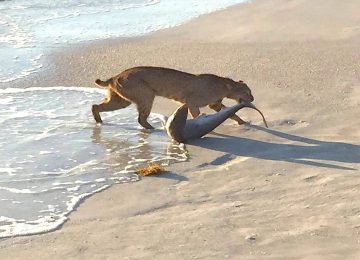
![Hogfish or Hog Snapper, Sanibel Fishing & Captiva Fishing, Sanibel Island, Sunday, December 10, 2017, [File Photo - Wednesday, February 8, 2017].](https://captivafishing.net/wp-content/uploads/wordpress-popular-posts/11558-featured-360x260.jpg)
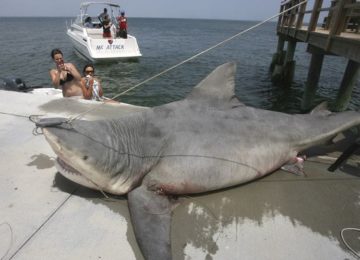
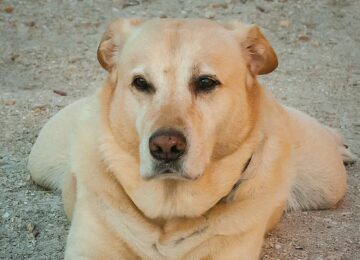
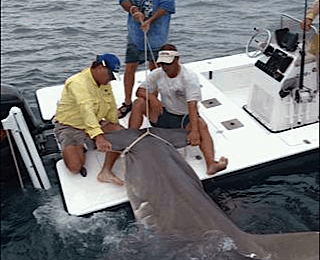
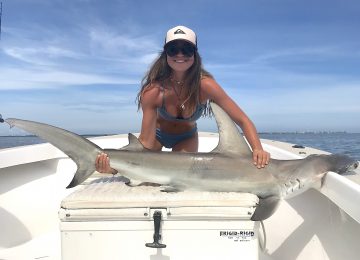
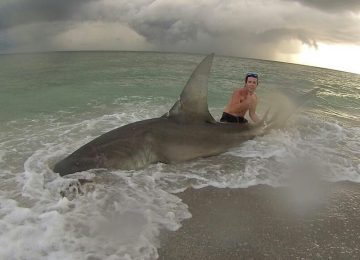
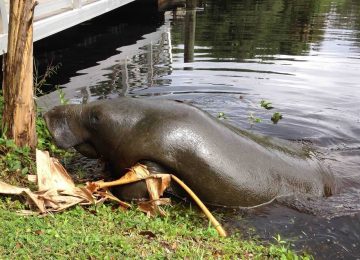
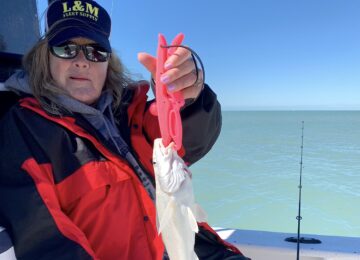
![Goliath grouper, Sanibel & Captiva Islands & Fort Myers Charters & Fishing Guide Service, Thursday, November 2, 2017, [August 16, 2012].](https://captivafishing.net/wp-content/uploads/wordpress-popular-posts/11711-featured-360x260.jpg)
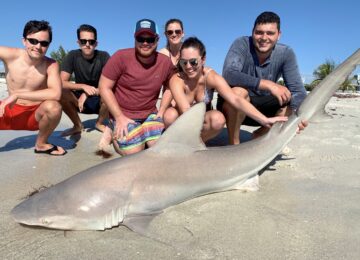
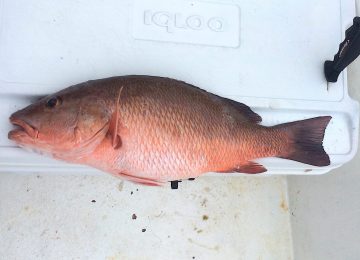

![Hogfish or Hog Snapper, Sanibel Fishing & Captiva Fishing, Sanibel Island, Sunday, December 10, 2017, [File Photo - Wednesday, February 8, 2017].](https://captivafishing.net/wp-content/uploads/wordpress-popular-posts/11143-featured-360x260.jpg)
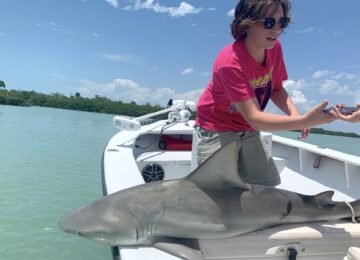
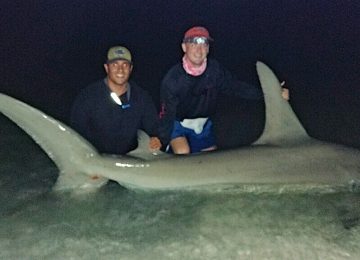
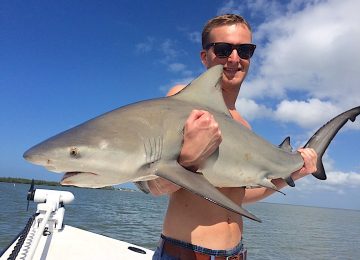
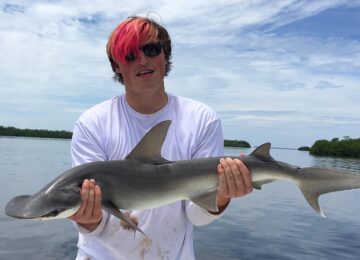
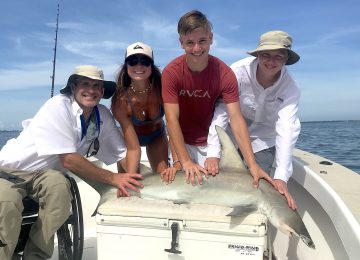
![Schoolmaster Snapper, Sanibel Fishing & Captiva Fishing, Sanibel Island, Thursday, January 11, 2018, [File Photo - Thursday, December 28, 2017].](https://captivafishing.net/wp-content/uploads/wordpress-popular-posts/13203-featured-360x260.jpg)
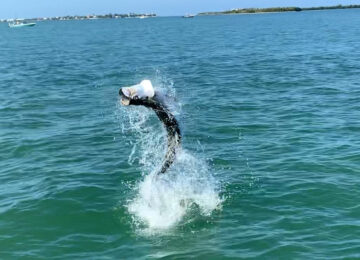
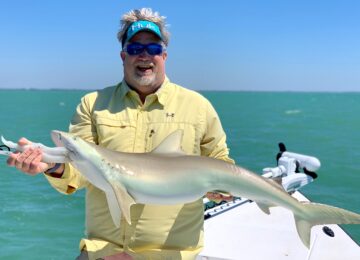
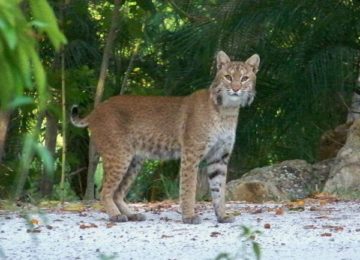
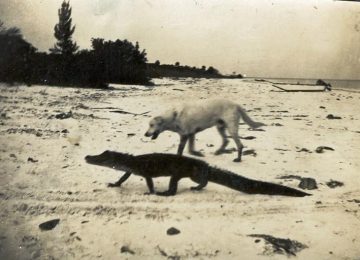
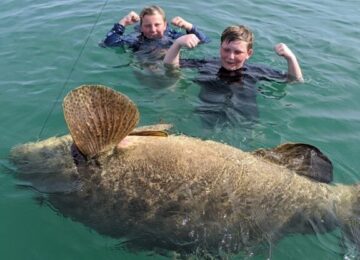
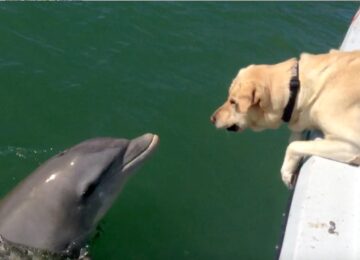















You must be logged in to post a comment.